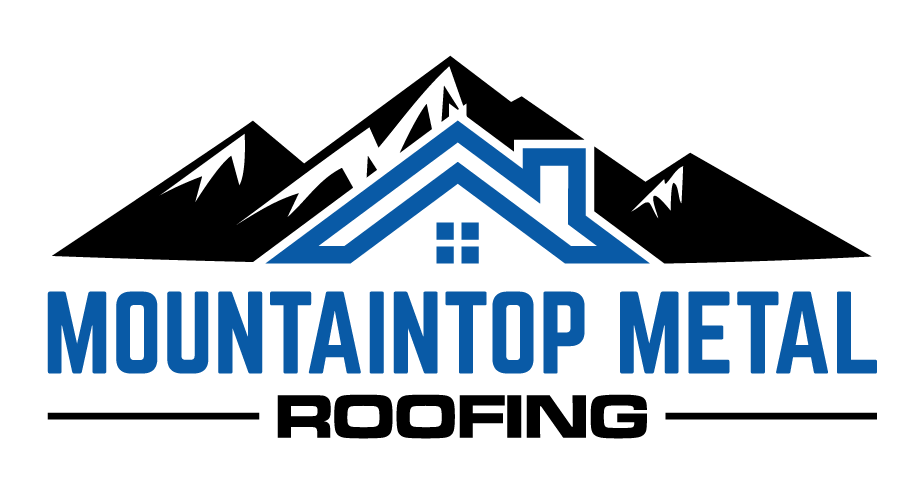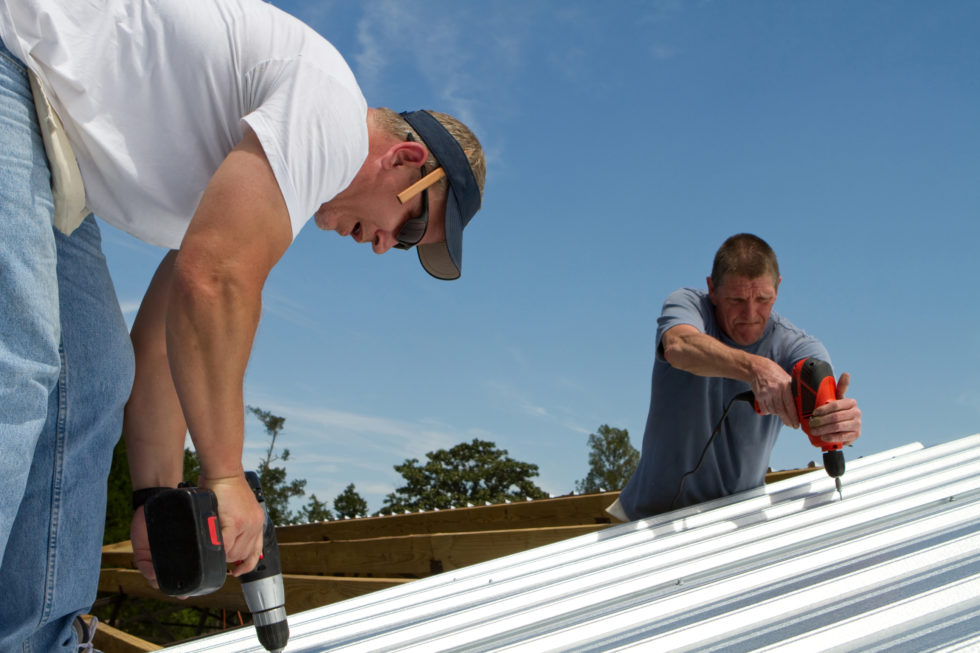The history of metal roofing is long, but its utilization of aluminum is fairly recent. Aluminum is used extensively in industry because of its strength and weather resistance. Unlike wood products, it will not rot, deteriorate, rust, or lose strength with age.
The unique characteristics of aluminum make it an ideal material to produce high-quality roofs. And here at Mountaintop Metal Roofing, we have a great love for the power of aluminum. We’ve installed countless high-quality roofs that are built to last and hope to educate others on its strengths.
With this in mind, we’ve compiled this post to take a look into the history of metal roofing.
All about roofs
The roof of a structure is incredibly important to the structure’s longevity. Having a weather-tight roof helps to preserve a building by shielding it from the elements.
Throughout the history of the United States, settlers have used many different common roofing materials. In the mid-17th century, settlers began to use clay tiles for roofing. Not only was it a fairly accessible material, but it also provided some fire resistance. This is one of the main reasons that it was used in larger cities, as the Great Fire of London in 1666 was still relatively recent.
Slate was also used in early-American architecture, but very sparingly. Because the slate originally had to be imported from Wales, the material was expensive and took a long time to arrive. Eventually, the development of canals and railroads in the mid-19th century made the American slate more accessible and economical.
An even more widely used roofing material was wood shingles. They were used throughout the country for most of our history due to the widespread availability of lumber.
Oftentimes, the type of tree used to make the shingles was a native species. In New England and the Delaware Valley, white pine was used. In the South, they used cypress and oak, and in the far West, they used red cedar or redwood.
Eventually, wooden shingles were swapped out for more fireproof materials (such as slate or clay) in urban areas; however, fireproofing was not as much of a priority in rural areas, so the practice remained.
The introduction of metal roofing in the United States
Metal roofing is relatively new. According to the National Park Service, metal roofing in America wasn’t readily used until the 19th century. Prior to that, the only metals commonly used in roofing applications were copper and lead.
Standing seam copper sheets covered some of the more notable early American roofs, including that of Christ Church in Philadelphia. The copper sheets were imported from England until the end of the 18th century when American sheet metal rolling facilities (rolling mills) were developed.
The process for corrugating iron was first patented in England in the 1800s. This process stiffened the sheets and allowed for a greater span over a lighter framework. These changes also reduced installation time and labor.
A few years later, the process of galvanizing the iron with zinc was developed in France. This process helped to protect the sheet iron from rusting.
By the 1850s, the processed iron was used on post offices, some homes, and train sheds and factories. In 1857, one of the first metal roofs in the South was installed on the Philadelphia Mint. The Mint was thereby “fireproofed” with a 20-gauge galvanized, corrugated iron roof on iron trusses.
In the 18th century, tin plate iron, commonly called “tin roofing,” was used extensively in Canada, but it was not as common in the United States. However, Thomas Jefferson was an early advocate of tin roofing; he even installed tin shingles laid in a herringbone pattern on the Arch Street Friends Meetinghouse in Philadelphia.
Advances
Once rolling mills – a mill where metal is flattened into sheets – were established in the United States, the low cost, lightweight, and low maintenance of tin plate made it the most common roofing material. In the late 19th century, embossed tin shingles were popular throughout the country.
Like other materials that have been utilized for roofing, aluminum has been used in European cultures for much longer than in the United States. The earliest form of aluminum compounds was used by the ancient Egyptians and Babylonians as early as 2000 B.C. However, it didn’t gain popularity in the United States until the 19th century.
A great example of the longevity of aluminum is the chief secretary’s office building in Sydney, Australia. In 1880, an aluminum roof was installed on the building, and to this day it is still in good condition. Another example is the aluminum cap on the Washington Monument. It was installed in 1884 and is also still standing.
Why a quality roof matters
The life of your home or business depends on the integrity of your roof. Any damage or wear can cause leaking, which can potentially cause thousands of dollars of damage to your structure. Roofs can be a great protective measure against the elements, but the quality of the materials used directly affects just how well they will last.
Because roofs can be incredibly expensive, choosing one that will last is very important. Metal roofing provides a strong and resilient option for those looking for high-quality, permanent roofing.
Looking to make a roofing change? Contact our seasoned professionals at Mountaintop Metal Roofing today to talk about your options.

